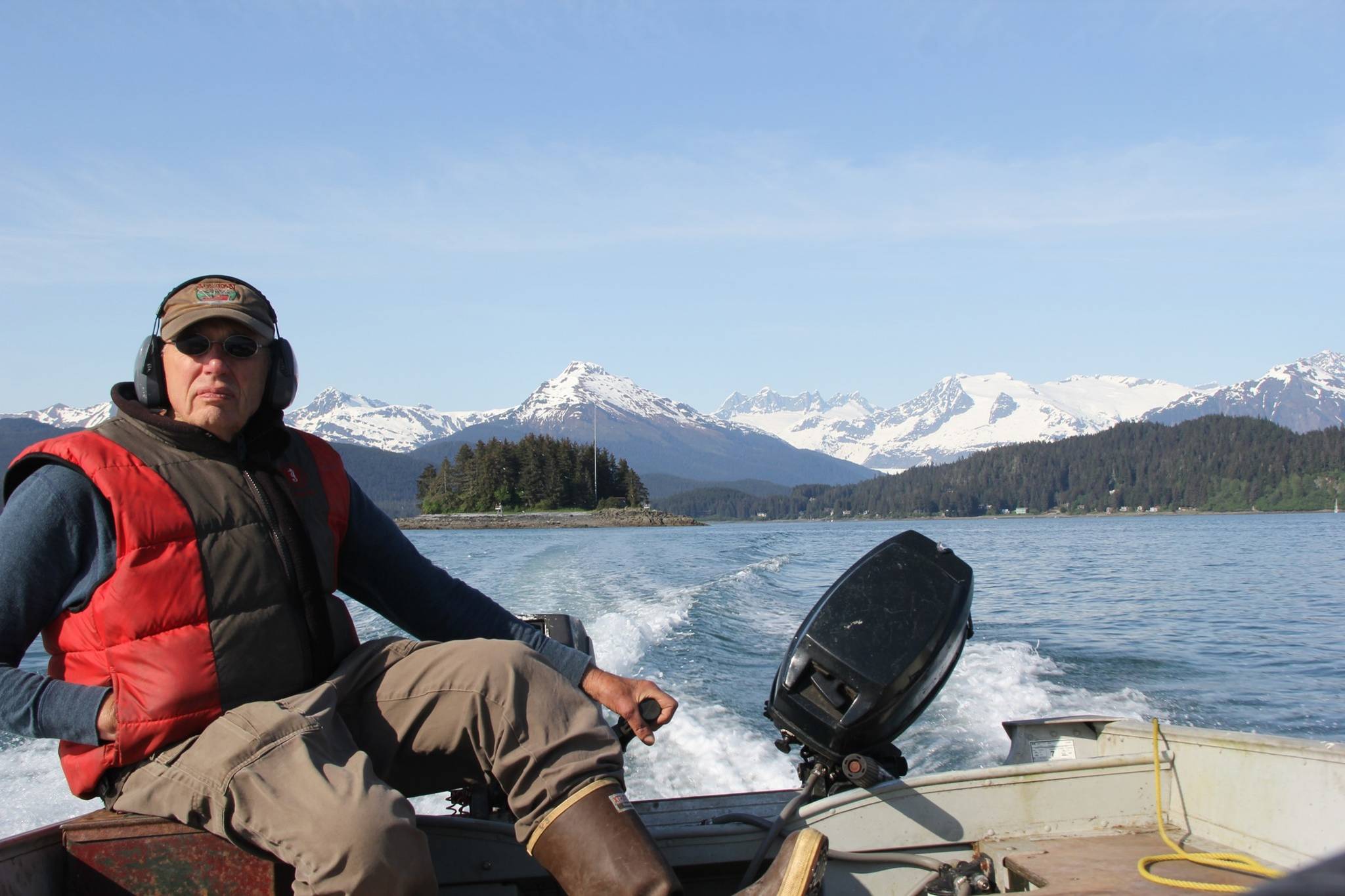I’m glad that Keith Malone, the Vice President and General Manager of Hecla Greens Creek mine raised the issues of the water quality in Hawk Inlet and the effects of the mine on the environment in his Feb. 18 My Turn, titled “Facts Matter.” This is an important discussion to have in our community. It’s also important to be clear on the facts, as Malone pointed out.
He stated, “Fact: The ecosystem of Hawk Inlet is healthy.” I dearly wish that were true, but the science does not support that conclusion.
The Forest Service and the Alaska Department of Environmental Conservation, two of the primary permitting agencies for monitoring the mine’s operation and waste discharges have published statements that admit there is not enough data to determine the health of the inlet. Therein lies the problem.
The Commissioner of DEC considered posting a sign in front of the mine that the area was polluted and not to harvest food.
The results of our three year Hawk Inlet study demonstrate significant increases in Arsenic, Cadmium, Chromium, Copper, Lead, Manganese, Mercury, Selenium, Silver and Zinc toxins in bottom sediment and organism tissue. During the mining period increases ranged from 1.2 for manganese to 646 for lead times the original baseline level.
We are talking about toxins and harm that are “forever.” We are talking about an ecosystem that was judged near pristine before the mine.
That is why having a public discussion is vital. That is why science really does matter.
None of this is simple and the stakes couldn’t be higher.
The mine needs assurances that they can be permitted to operate for at least 30-50 additional years.
The public and the nation deserve assurances that the legacy of the mine will be a healthy environment, not a toxic Superfund Site.
Since I’m partially responsible for the Hawk Inlet study and President of Friends of Admiralty I welcome this discussion.
Malone labeled our study as part of a “well-financed anti-mining public relations campaign.” I smile at that label.
Actually, our study has its roots back in 1978 when I was the first Admiralty National Monument Manager (Ranger) and Noranda Inc. was planning to develop the Greens Creek Mine. A major condition was that industrial mining could proceed only if there was a solid baseline study that could document the pre-mining health of the marine and upland environments — this study could then be used to periodically track environmental changes and scientifically determine if they were mine related.
This baseline was created and it was excellent science. It determined organism diversity and population numbers, as well as tissue and sediment metal analysis. This concept required a control area (Youngs Bay) unaffected by the mine that could also be tested to determine if environmental changes were regional or local to Hawk Inlet.
I retired from the Forest Service soon after the draft plan was issued. Flash forward to 1997 when Friends of Admiralty was formed; I was shocked to learn that the pre-mining baseline had never been used — in fact it had been lost and few people knew it existed. Additionally, the control area was abandoned.
A new baseline had been created, after development of the mine and some production had occurred and did not include species diversity and population numbers — which all agree (including Hecla) is the best determination of health of an ecosystem.
We have continued to advocate for the original pre-mining baseline study to be replicated as the surest and best method of determining the health of the inlet. Agencies said, too expensive, not needed and many other bureaucratic words. Translated in my mind to, underfunded, overworked and politically unpopular.
Our recent study, using a variety of the original 1981 test sites proved the replication was both possible and needed.
Michelle Ridgway, one of Alaska’s most respected and energetic marine ecologists designed and led our study. Her tragic death early this year left a big hole in our world.
We need to honor her work and passion.
Malone, I look forward to continuing our discussion. I invite you to join in advocating for the replication of the original baseline study. You are right when you say, “science matters.”
K.J. Metcalf served with the Forest Service on the Tongass from 1962-1982, serving his last four years as the first Ranger on Admiralty Island National Monument. In 1997 he was one of the founding members of Friends of Admiralty.

